Artificial light sources used by humans didn’t change much at all from pre-history right up to and into the 19th century. Until the invention of the lightbuld, people relied, in one way or another, on the light of a flame burning some kind of fuel to fend off the darkness — in cities and in the darkest country night.
For generations, the most common sources of light across the globe were torches, lamps, and candles. Later, in the 1800s, gas lighting became common before the advent of electricity (but complicated lighting systems required maintenance and were only used by the relatively wealthy), but before that, people relied on an array of lighting fuels like olive oil, beeswax, fish oil, whale oil, sesame oil, nut oil, or other similar combustible liquids. Whale oil was used in London through the early 19th century.
It was quite difficult to light an entire house, from the middle ages to the old west, and most nighttime hours were spent by the fire in the hearth or in a pool of candlight. From a survival perspective, we can learn a lot from these pre-electricity light sources and from how soldiers survived in the dark in the Dark Ages, and what light sources they used.
Medieval Light Sources
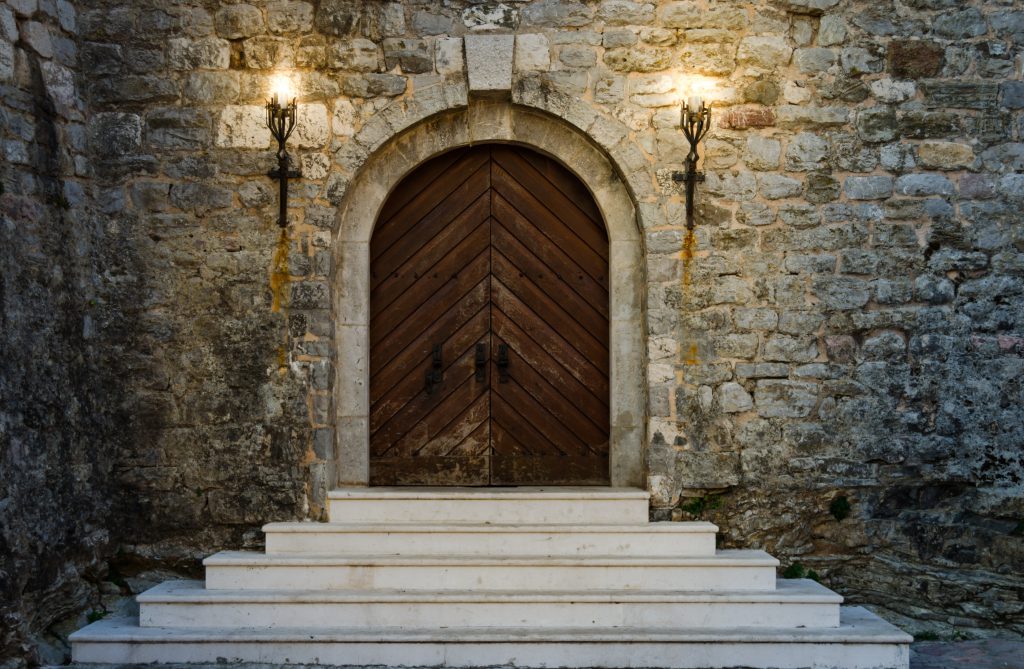
Unlike someone who lived in a stationary home, soldiers require more stable light sources because they are always moving, even at night — it was true then and it’s true now.
Traders and others in the Middle Ages would commonly travel during the day and set camp at night because mobile light sources were a tall order. Troops often had to move in the dark after a few hours of rest, so they learned to march by following the man in front of them. Sound familiar?
Today, we use fire for cooking when we’re in the backcountry and for warmth, but in the Middle Ages and for centuries before and after, it was the only light source at night.
Imagine how revolutionary it was for the prehistoric people who first discovered fire and how to use it. It was, of course, used for warmth and to cook food, but it was also used to drive away the inky darkness and the predators that prowled that darkness. It was the first advantage we had that allowed us to somewhat tame nature and to create. Not only that, but it made living within the protection of deeper caves feasible, thanks to torches.

For ages, the most common portable forms of lighting were torches and rudimentary lamps. To last longer and withstand the windy conditions, soldiers would make their torches with a resinous fabric obtained from trees and then oil the fabric with special grease. Torches were tricky to use as they could sometimes get heavy, burdening the bearing.
As a result, they sought better ways to carry light sources, including creating lamps from stones with natural depressions. If they didn’t find such a stone, they would use soft stones such as soapstone to create depressions to protect the fire from the wind. Some of these lamps have been discovered by archeologists and are safeguarded in museums worldwide.
With the rapid evolution of man and technology, more portable lighting sources were discovered. The troops came up with a means of lighting ibex heads and horns as these animals were plentiful during the period. Horn lamps were much more efficient and effective than torches and stone lamps as they were lighter and could burn for extended periods.
Keeping the Light Burning Was Challenging
Other than finding it difficult to bear light sources throughout the night, the troops’ light sources faced two additional challenges. The first was wind since these fire-based light sources could easily be blown out. Until glass could be mass produced that could shield the flame of a lantern from the wind while still shedding its light, the wind was a constant opponent of lighting the night.
The other challenge was keeping a light source burning through the night with a sufficient fuel source. Oil was heavy and difficult to carry in large quantities and didn’t burn very long for its weight.
Despite all this, soldiers always found a way to light their path in the night while on campaigns or while defending castle walls.
This content was originally posted by We are the Mighty in February 2022.
READ NEXT – Intense Photos From the West’s 5 Most Extreme 2021 Wildfires

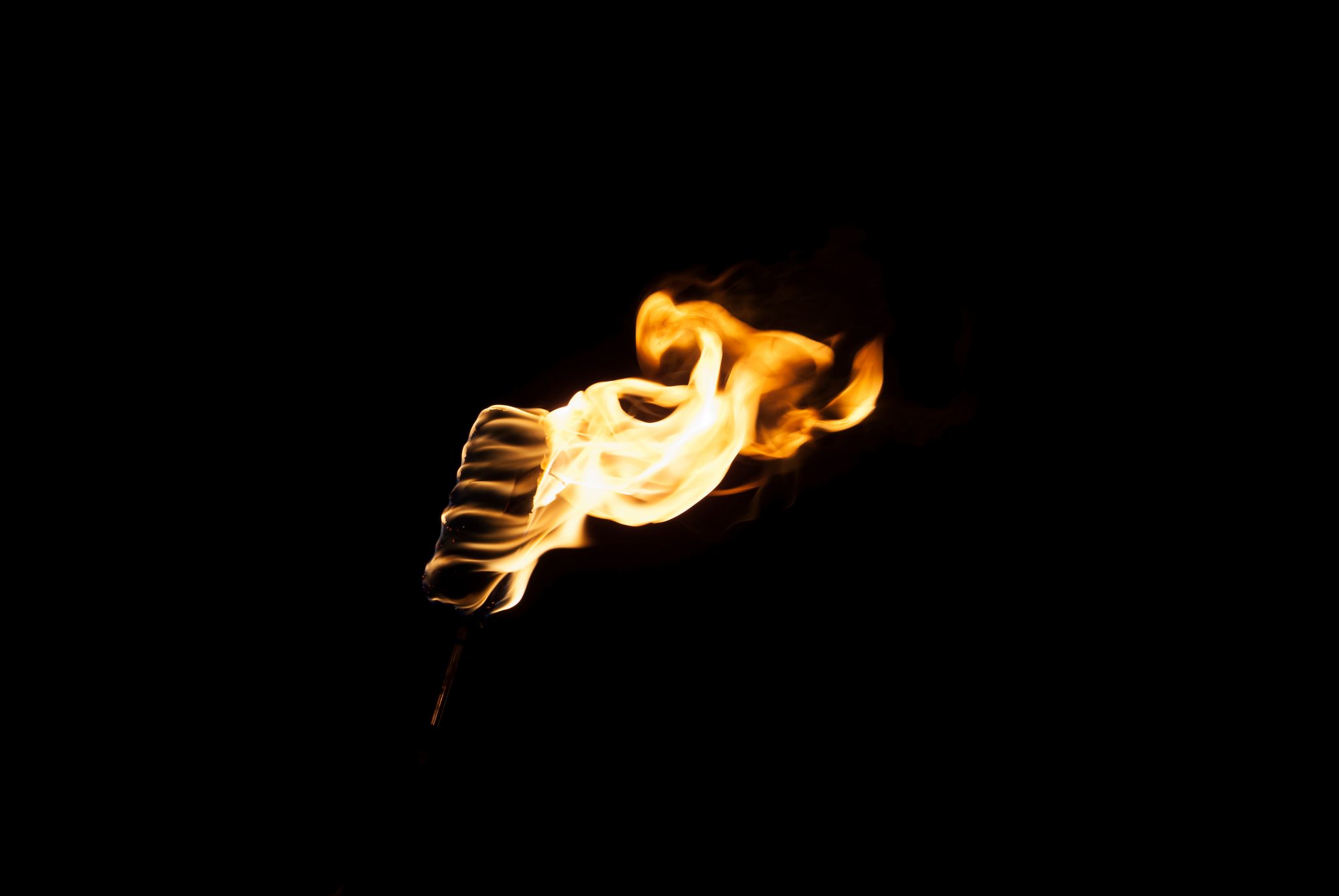
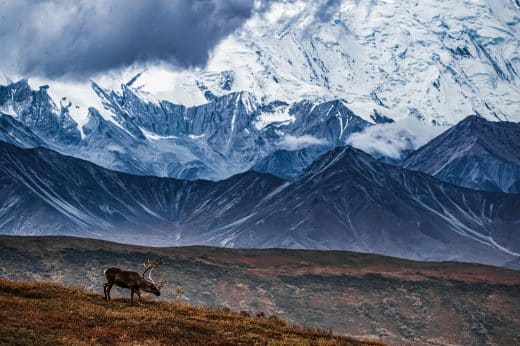
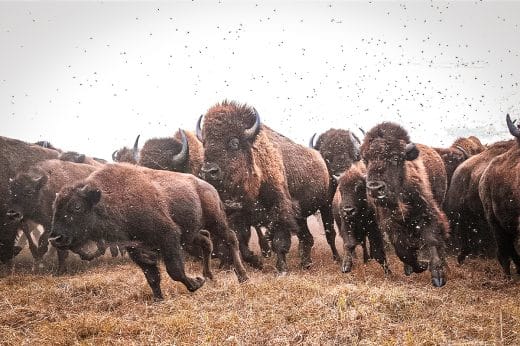
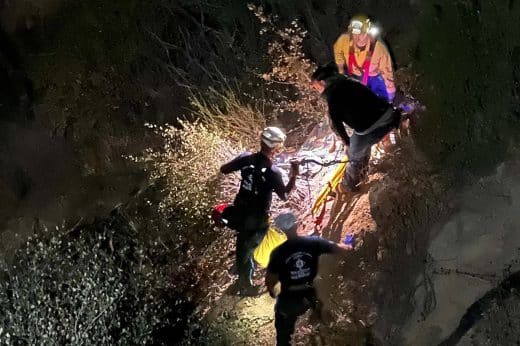


Comments